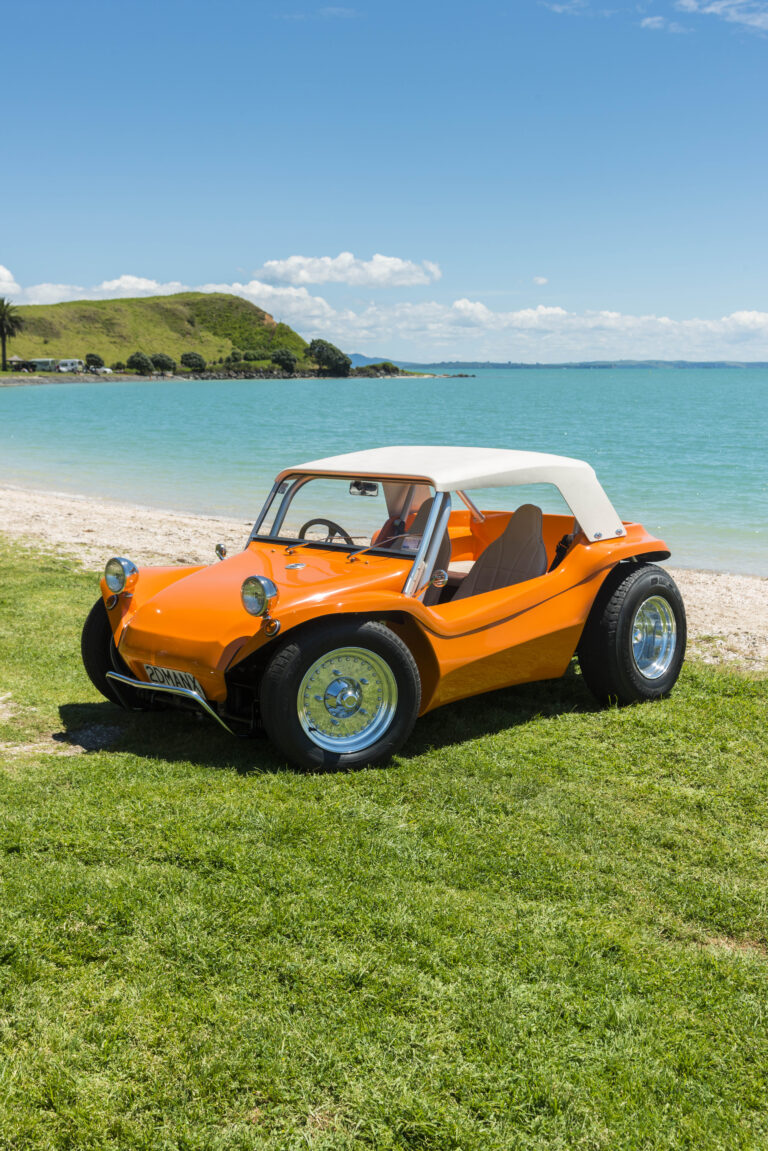The Mazda Grand Familia, as it was known in Japan, was sold as the Mazda 808 in some export markets including Asia, Australia, and New Zealand, and the Mazda 818 in many others (presumably due to the usage of numbers with a middle zero by the likes of Peugeot). The Mazda 808 body-style configurations on offer were the two-door coupé, the four-door sedan, and the five-door station wagon. The Grand Familia offered only in-line four-cylinder engines. In Japan, the largely identical rotary-powered versions were marketed as the Mazda Savanna, with export markets taking this model as the RX-3.
At the time of its launch the Mazda 808 was much underrated, although the New Zealand buyer did not have much of a choice of vehicles and power options, if any. Some 808s came with three-speed automatic transmissions. At the time it was considered to be a reasonable-performing vehicle, but over time its abilities have been somewhat surpassed. However this average performance, together with the ease with which the front can be swapped over to resemble the Mazda RX-3, saw the enthusiasts who lusted after more power slotting rotary engines into them, along with the customary lowered suspension, big fat exhausts, and fancy wheels — not to mention fancy paint jobs and sound systems that cost more than the cars!
Rotary power

Although the 808 with its reciprocating piston engine proved popular, most interest in the model was probably focused on the rotary-engine variation. Titled ‘Savanna’ in Japan, this version is more popularly known as the RX-3 and, like the 808, was available in either coupé, sedan or station-wagon form. Most early examples were fitted with Mazda’s 10A rotary engine, although some markets received 12A-powered version. The S102 cars were built between 1971 and 1973, with the second generation RX-3 produced between 1973 and 1975. A third series RX-3 became available in 1976 but was never available in New Zealand, all models being destined for the US and Japan. The RX-3, at that time the sportiest of Mazda’s Wankel-engined cars, bowed out in 1978 to make way for the new RX-7.


